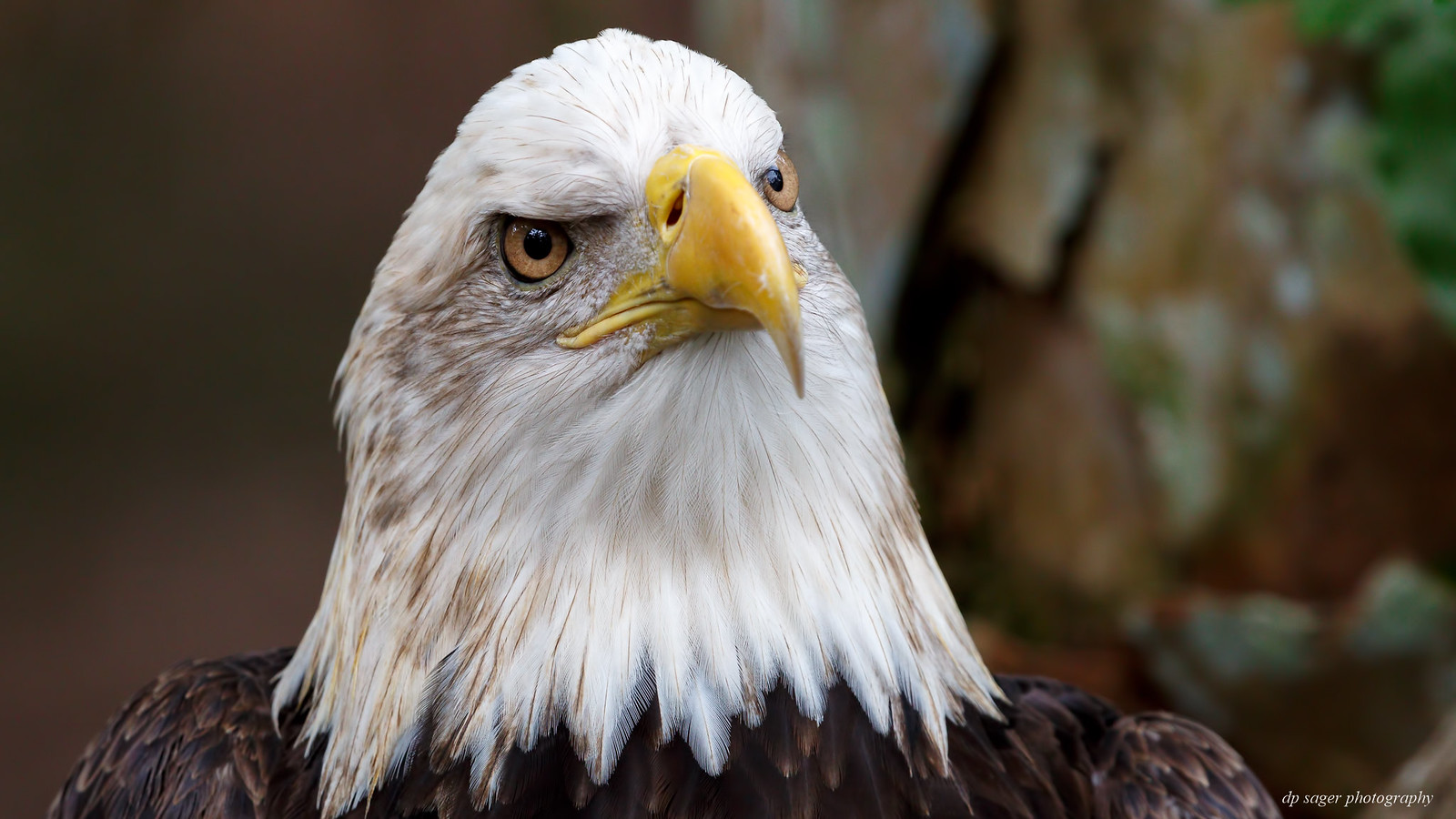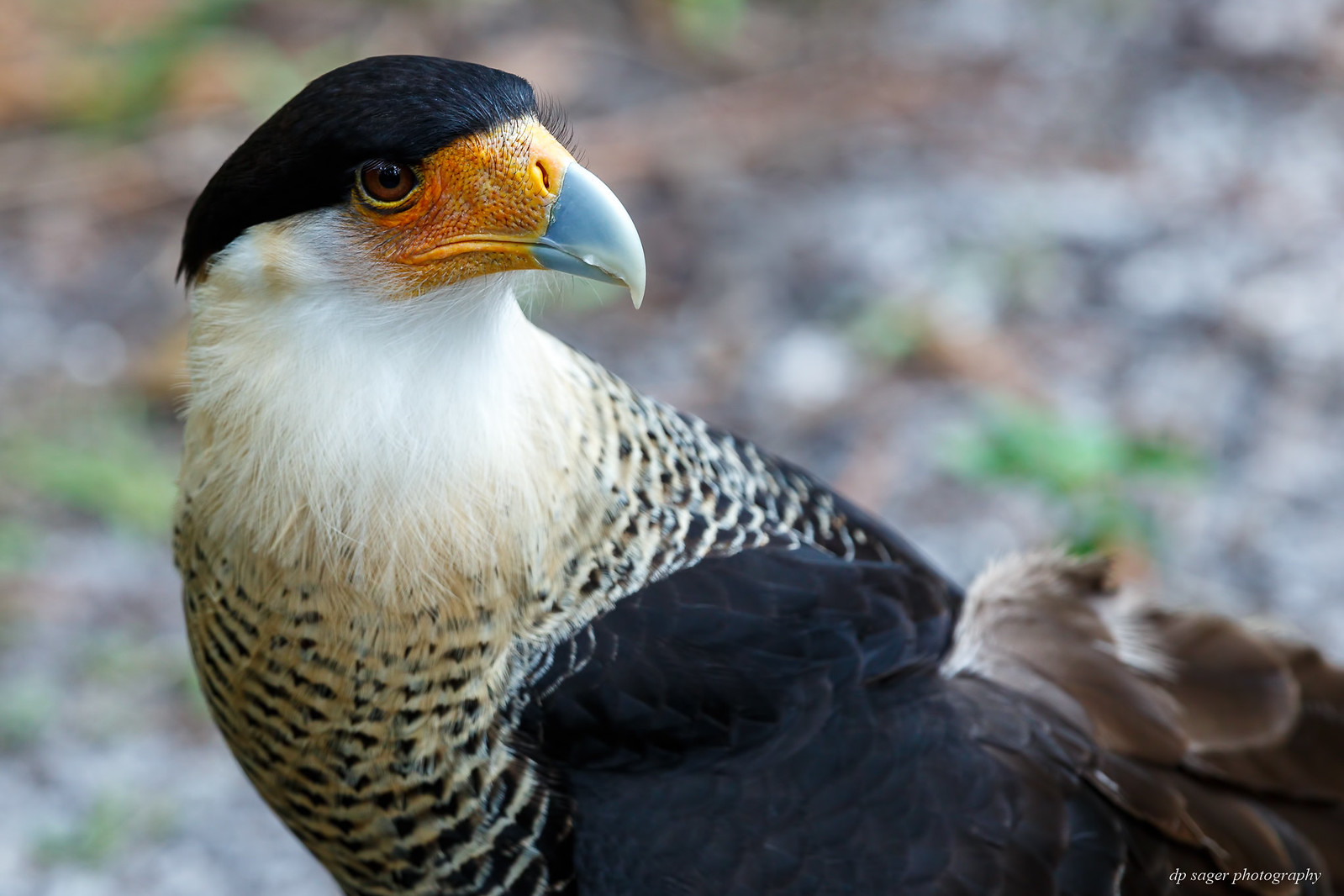Birds of Brevard Zoo
Dec 27, 2018 11:16:52 #
Dec 27, 2018 12:18:36 #
Great job, Paul. And nice commentary. I see Caracaras frequently here in Lousiana. They are expanding their range, I understand.
Dec 27, 2018 16:10:41 #
Dec 28, 2018 06:18:14 #
Dec 28, 2018 06:40:58 #
Dec 28, 2018 07:32:08 #
Dec 28, 2018 07:35:49 #
Dec 28, 2018 08:33:26 #
CHG_CANON wrote:
A national symbol of the United States, the bald e... (show quote)
The kind of shots most of us just wish for. And the eagle is #1 for me.
Dec 28, 2018 09:09:21 #
CHG_CANON wrote:
Thank you ELNikkor! I'll have to defer to Brevards' knowledge of Florida wildlife to confirm the Caracara is still flying loose in FLA.
They are. My birder son has them on 'film'.
And as always, superb photographs and narrative.
Dec 28, 2018 09:34:52 #
If you get by Stuart, give me a holler ! .....
Give us a report of Viera while in the area ....
Give us a report of Viera while in the area ....
Dec 28, 2018 10:01:48 #
imagemeister wrote:
If you get by Stuart, give me a holler ! .....
Give us a report of Viera while in the area ....
Give us a report of Viera while in the area ....
Thank you Larry! These images date back to travel in Nov up and down the Florida peninsula. With results from nearly 40-days of shooting, I've been rather haphazard on the editing, culling one day here, setting presets on another day there. I did spend a day at the Stuart Airshow with some wonderful close-up results, still at status WIP.
Dec 28, 2018 10:02:25 #
ad9mac wrote:
They are. My birder son has them on 'film'.
And as always, superb photographs and narrative.
And as always, superb photographs and narrative.
Thank you ad9mac! I'd never seen a Caracara before and this one was rather active, 'active' as zoo birds / animals can be, when I was walking by the display.
Dec 28, 2018 10:03:01 #
Mister H wrote:
The kind of shots most of us just wish for. And the eagle is #1 for me.
Thank you Mister H! You could view the two eagles at Brevard from two directions. Both were listed as injured and I watched one try to jump from branch to branch and miss and fall to the ground showing this bird cannot fly even over a 6-foot distance. But, there were no barriers (glass, chain, fence, etc) and I came away with very clear images.
Dec 28, 2018 10:03:18 #
Thank you Marty, John, Wanda Krack, Jack, Erik, Ken, Earnest! If I remember correctly, I sat in the parking lot at Brevard for 20-minutes in a light sprinkle before going in. It did clear up nicely in the afternoon.
Dec 28, 2018 11:10:17 #
WOW ......wonderful close-ups with vivid detail in the eyes & feathers.......remarkably spectacular work Mr. Sager.
I always enjoy you exhibits as they are beautifully prepared and full screen....Photo-Licious !
Jimbo
I always enjoy you exhibits as they are beautifully prepared and full screen....Photo-Licious !
Jimbo
If you want to reply, then register here. Registration is free and your account is created instantly, so you can post right away.
















